As an Amazon Associate I earn from qualifying purchases.
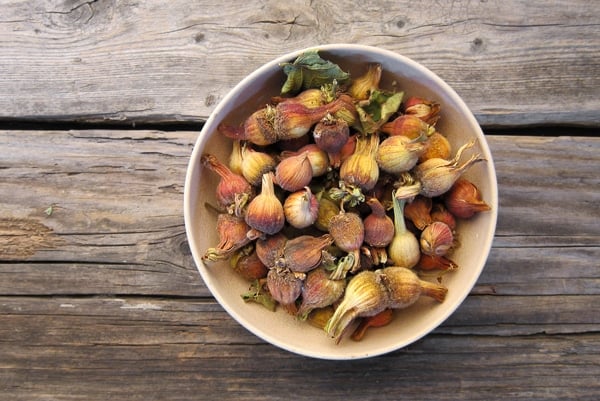
One of the more amusing things about foraging is that you can covet a certain plant for years and years, but never find it. Then, when you finally do, you start to see it everywhere. This was the year I cracked the code on how to harvest hazelnuts, Corylus cornuta, in the wild. What makes harvesting wild hazels so hard? Glad you asked. I’ll tell you.
First, you don’t harvest hazelnuts in traditional nut season (read: autumn). Nope, hazelnuts come ripe in high summer here in California, or late summer in most other places. If you wait until late September, when most other nuts are ripening, you’re too late. I pick most of my hazels at the end of July and in early August.
Which brings me to the second problem. Finding hazel trees. Lesson One: Hazelnuts don’t grow on trees. They grow on shrubs. Rarely will a hazel grow past 15 feet high, and eight feet or less is pretty much the rule here. So you don’t want to look up to spot hazels.
(Keep in mind I am writing here solely about the beaked hazelnut, not the American hazelnut, which does not grow in California.)
In fact, you need to look down, or rather under. Hazels hide their nuts underneath their leaves, so harvesting them is a matter of moving around the branches and spotting the funny-looking beaky sheaths that enclose them.
But I’m getting ahead of myself. First you need to know where you might find beaked hazelnuts. In California, you will find hazelnuts only in Northern and Central California, on the coast, the Sierra Nevada or in the Sisykous. Beaked hazelnuts also can be found in western Washington and Oregon, in much of Canada, Minnesota, Wisconsin, northern Michigan, New York, all of New England and pretty much the entire Appalachian Mountain Range.
Now you need to identify the plant.
We’ve established that it’s a shrub. Hazels like to live kinda-sorta near moisture, but not right on riverbanks. I tend to see them near little streams and on roadsides. They also grow close to the shoreline on the Pacific Coast. They don’t look like much. They have a pretty typical leaf pattern, but look for the toothed edges and the fact that hazel leaves are fuzzy. The leaves also alternate like you see in the picture.
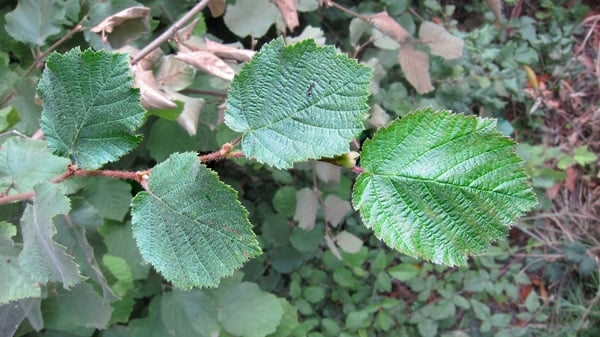
You may also see the male flowers, called catkins, on the plant as well. Incidentally, grouse and quail love to eat these.
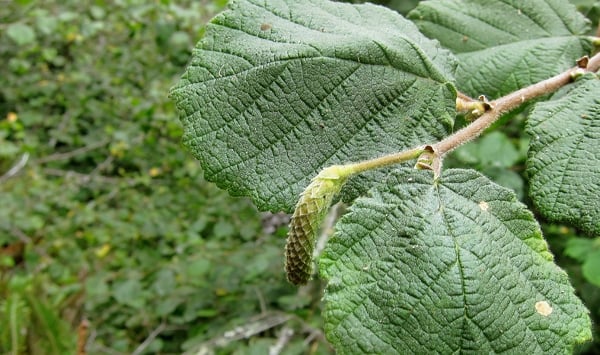
Start scoping out for unripe nuts around Independence Day. Start checking them toward the end of July and into August. You are looking for the nut sheath, called an involucre, to be mostly still green but with patches of color, ranging from rosy red to brown. Nothing else looks like a hazelnut, so there are no poisonous lookalikes to worry about.
Typically beaked hazels set single nuts, but doubles are pretty common. I’ve found quite a few triples and a few quadruples. My friend Sam Thayer says he’s found up to nine nuts in one cluster! Pick the clusters by twisting them off. Don’t break the twigs.

Now I ought to tell you that the involucres of beaked hazelnuts are covered in little fuzzy spines. They are not as bad as the hated glochids of prickly pears, but if you have soft hands you may want to wear gloves. I don’t, and yes, my hands bother me for a few minutes after I am done picking, but it goes away quickly.
Once you get home with your hazelnuts, you need to let the involucres dry out. I put the nuts in a big hotel pan in my garage to dry. They key here is to spread the nuts out in a thin layer — I’d say no more than two nuts deep. If you stack them too deep the ones on the bottom won’t dry as well, and if you live in a place where it isn’t arid, as it is here in NorCal, they could rot on you.
I left mine to dry for a couple weeks. This gives any nuts I might have picked too early a chance to ripen. Picking some nuts that are unripe is an occupational hazard, but if you wait until at least the end of July to pick (in California) you should be OK. You’ll know if the nut was unripe when it comes time to husk them: The husk sticks to the top of the nut.
Does this mean you need to toss the nut? Nope. But eat those hazelnuts first, as they will not store as long.
To husk the nuts, I just tear off the involucre with my hands. The hazelnut should roll right out. Yes, you will get the little pines all over your hands. Deal. Or wear gloves. There is no other good way to husk them in a dry climate. Sam, however, lives in Wisconsin. His technique will work if you live in a wet place: He buries his hazelnuts in mud for a month. When he digs them up again, the involucres are all black and rotted, but the nuts are just fine.
Keep in mind that wild hazelnuts aren’t as large as the domesticated filberts you buy in the store.
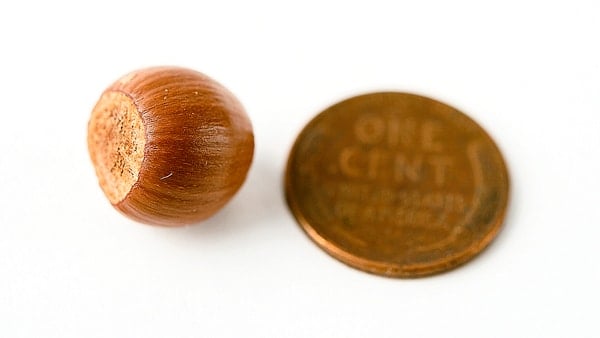
Once they’ve been husked, hazelnuts last for a long, long time in the shell. I’ve eaten 18-month-old nuts that tasted fine. When you are ready to eat them, just crack and eat. Or if you want to roast them, crack and lay the nuts in a single layer on a baking sheet and bake at 275°F. for 15 to 20 minutes. Don’t let them scorch, so watch them after 10 minutes or so. If you want to remove their skins, wrap warm hazelnuts in a kitchen towel and let them sit for 10 minutes. Rub off the skins in the towel.
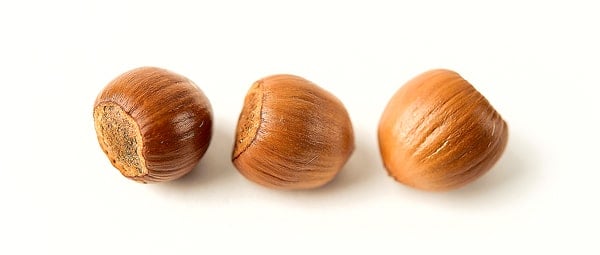


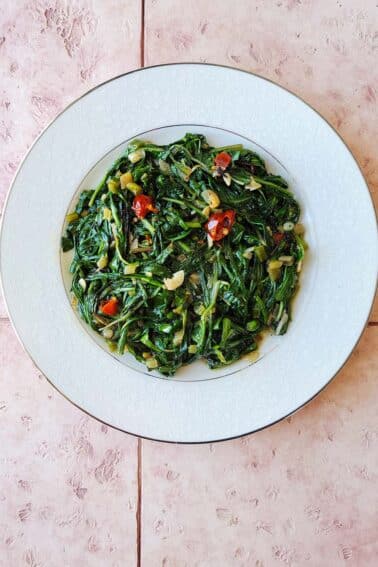
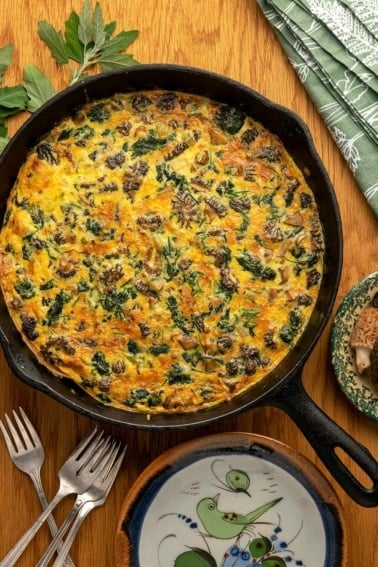
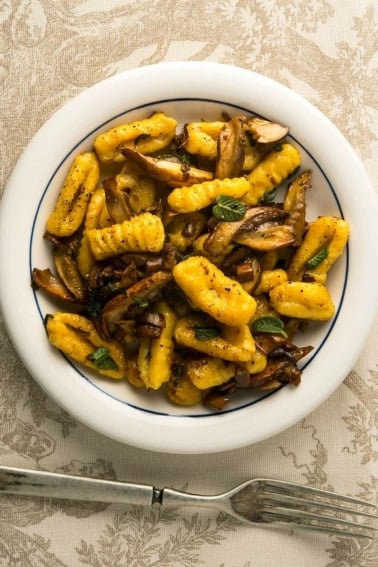
Thanks for this report. Very well done and helpful.
We live in the U.P. Michigan same zone as WI so when does your friend from WI harvest the nuts. Also can the nuts be dried in a hydrator; at what temp and how long? Or I would like to know more on how your friend buries them in the mud.
Cindy: You start harvesting up there in August and into September. Look up Sam Thayer’s books — he has a whole tutorial on the burying-in-the-mud thing.
Re: roasting. Do you roast the nut meat within the cracked shell, or roast only the nut meat totally free of it’s shell?
Philbert: After it’s been shelled. If you roast in the shell, they can explode.
It is September 7, 2016 – The bears and birds are eating our hazelnuts that still are quite green. Can we pick these. Will they ripen.
Thank You.
Thanks for a fun and informative read!
My family discovered a copse of hazels on our walk this evening. We’re in Lake Oswego, Oregon, and these are definitely trees with distinct single trunks and pushing thirty feet tall (apparently the Willamette variety). What a fun find! We also discovered two things to help increase the percentage of edible nuts we spent time shelling.
First, there are lots of worms. However, there is always a small line on top of the nut indicating the worm’s entry. Also, husks fell off wormy nuts much more easily.
Second, there are many nuts without edible kernels. This sounds like a pollination problem. But it’s really disappointing to spend the time with Channelocks to crack the nuts only to find them empty. Fortunately, we discovered that nuts with big edible kernels don’t bounce, and empty or shriveled kerneled nuts have a lively bounce. Just drop them on the counter from about ten inches, and don’t bother cracking the nuts that bounce.
Levi: You are finding feral European filberts, which we also call hazelnuts, not the wild variety.
Just fyi: Hazelnuts DO grow on trees. I have a large hazel tree in my front yard and it is loaded with nuts.
Julie: It’s not a native hazel then, it is a European filbert, which we call hazelnuts.
This post was an excellent help in learning what to do – thank you! I’m near Edmonton, Alberta, Canada and we have been here 5 years and this is the first year for the hazelnuts. I think the amount of rain we have had has contributed. I’m loving it!! That goes with the wild strawberries, raspberries, blueberries and saskatoons. I love where I live ??
Our hazelnuts areat least 20 feet tall! (BC Canada)
Finding scavanging after birds and squirrels knock them down is working well! Have to pick them up quick though, the animals hot them all last year!
I live in central France. The hazel is prolific here. It can grow up to 20ft tall. It is possible to train the plant into a tree. Just trim off any growth from around the main stem. If you’re planing to have them in your garden and don’t want a hedge, then a tree is the way to go. A tree will grow more open, and therefore easier to pick the nuts, and it won’t need regular trimming as it doesn’t grow so vigorously.
Here in Oregon Hazelnuts are everywhere. We used to grow walnuts and would take out nuts to a local nut dryer. They offered a cracking service for both walnuts and hazelnuts. When we had our walnuts dried and cracked we would also buy a 50lb bag of cracked but not sorted hazelnuts as well. I know here commercial dryers and crackers are around but then it costs money. However if dealing with a large quantity of nuts it’s can be worth it.
Typically having a bush with a majority of the shells empty means that there isn’t a pollinators tree nearby. They need a second hazelnut nearby to cross pollinate with. Domesticated varieties require a second tree of a different cultivar nearby for max nut production.
MY 13 YEAR OLD SON AND HIS FATHER OUT HUNTING FOUND SOME HERE OUTSIDE ST.STEPHEN N.B. CANADA…THEY WERE WAY PAST AS IT IS NOVEMBER AND THEY WERE ROTTEN AND YOU COULD TELL THE WORMS TOOK OVER…MY SON ASKED HIS DAD IF THE TREE GREW ANY HIGHER AND HE REPLIED YES…HE SAID HE WAS WRONG ON THAT ONE AFTER I READ THIS THROUGH…LEARN SOMETHING NEW EVERY DAY…GOOD READ THANKS ALL! P.C. IN OLD RIDGE, NB
Bet those taste amazing!
I have wild hazelnuts in my yard.I got the small trees in the bush growing in mine rock.They produce every year. We love them.This is in Northern Ontario.
I live in New Brunswick Canada and there are loads this year, which means lots of nuts lots of snow. To peel them we place them in a pillow case and bang them on cement takes the picks off and most of them fall right out of the peeling.
I was given a 5 lb bag all look good but can only crack them with a hammer on cement, any suggestions? Hate to let them go to waste
Use vise grip pliers. Works great.
I would like to know how to tell if they are over ripe or starting to rot. We are in northern Minnesota and just picked a bunch but some have dark brown or black spots on them. The husks are now very brown and dry.
Your article took me way back. Up here in Quebec we used to harvest Corylus americana late in the summer (of course we didn’t care about the Latin genus; we were more concerned about the profits from selling them!). Eager little capitalists that we were, we certainly didn’t wait for their husks to dry out. We used to fashion a husk remover using an open-sided wooden structure and a handled cover, with bottle caps nailed in up and down for grinding. The peeled nuts would fall off the sides and were ready for packaging!
Hi again: I just opened a cluster of 3 nuts and one nut had a worm in it when I cracked open the shell. Is this common and will I see more when I crack them? Should I put them in the oven first after opening them?
Worms happen. I just move on to the next nut when I find one. Or use the worm for bait. 😉
I live in Northern Minnesota and our yard is full of hazelnut bushes. They are in clumps of 2 and 3. Is it the right time now to pick them when they are green with a tinge of brown? This is my first attempt.
The trick is to pick one, and husk it: The husk should come off pretty cleanly. If it’s really stuck to the top of the nut, it’s probably a bad nut. But you can also crack them and see. The new nuts will be juicier and softer than the dried ones, but should still be pretty much like a hazelnut you get in the store. My friend who picks in northern Wisconsin starts picking about now, so I’d check them.
I too am in England…. Cumbria (as cold/wet as you can get!).
Co-incidentally I found some cob nut trees when out walking yesterday and didn’t pick them ‘cos I wasn’t sure they were ripe. I’ll go back today. found your site when I was looking how to tell when they are ripe.
My question is… do they only fruit every 3 years?
Nope, they fruit every year. Some years are stronger than others, and the squirrels really get on them, so you might have missed them in previous years.